Summaries of books about Earth Sciences:
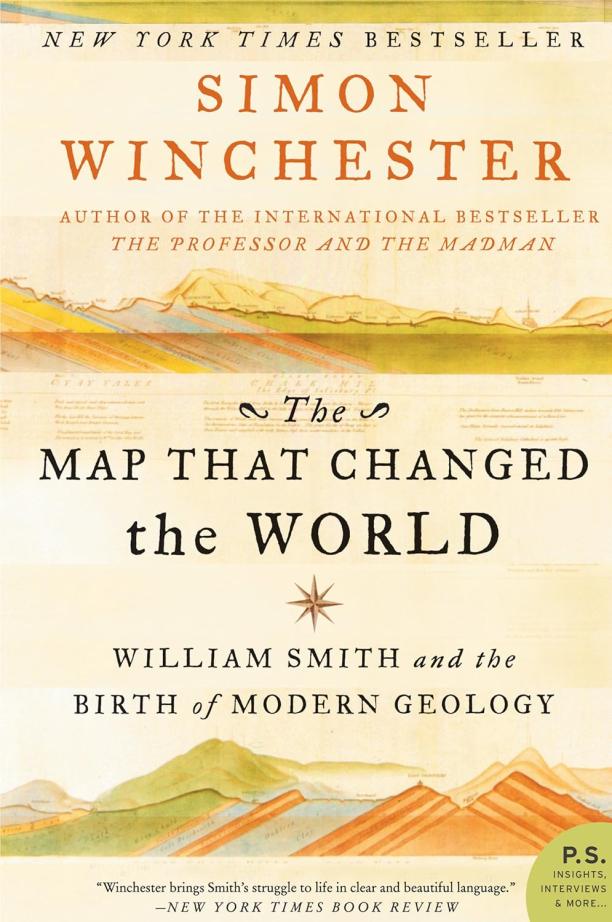
The Map That Changed the World
William Smith and the Birth of Modern Geology
Simon Winchester
The book chronicles the life of William Smith, a canal digger in England who created the first detailed geological map in 1815, revealing the layers of rock beneath the soil. It details his monumental achievement in identifying the stratification of rocks, which laid the foundation for the science of geology and greatly influenced our understanding of the Earth's history.
See full summary
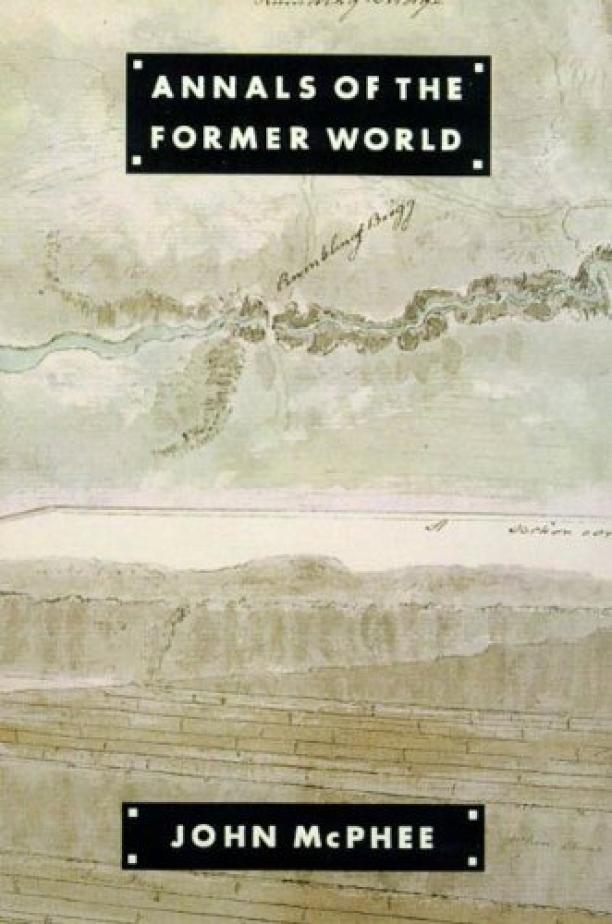
Annals of the Former World
John McPhee
The book is a compilation of geological history and personal narratives, exploring the formation and features of the North American continent through cross-country trips along Interstate 80. It intertwines detailed descriptions of rocks and landscapes with the stories of the geologists who study them, providing a deep time perspective on the earth's evolution.
See full summary
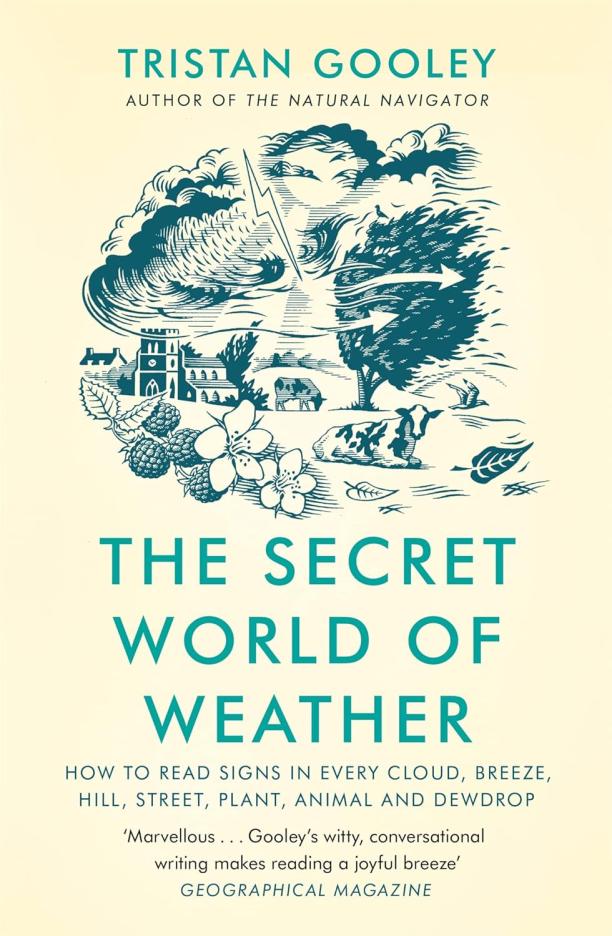
The Secret World of Weather
How to Read Signs in Every Cloud, Breeze, Hill, Street, Plant, Animal, and Dewdrop
Tristan Gooley
The book serves as a guide to understanding and interpreting the subtle clues in the environment that can reveal details about the weather. It teaches readers to observe patterns in nature, from cloud formations to plant behavior, to predict weather changes and gain insight into the surrounding climate.
See full summary
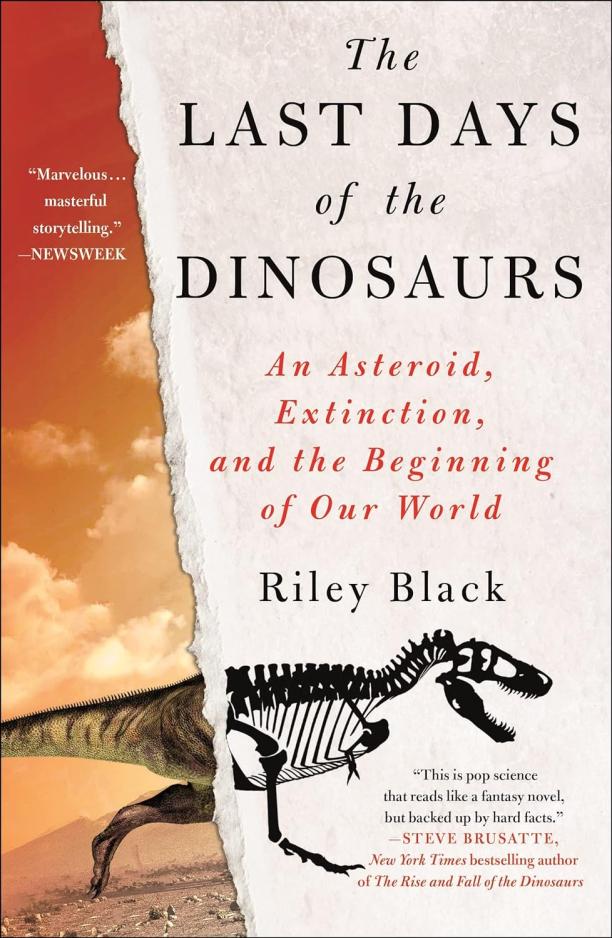
The Last Days of the Dinosaurs
An Asteroid, Extinction, and the Beginning of Our World
Riley Black
The book explores the catastrophic aftermath of the asteroid impact that led to the extinction of the dinosaurs, detailing the immediate and long-term ecological changes. It also examines the rise of mammals and the early stages of the world that would eventually be inherited by humans.
See full summary
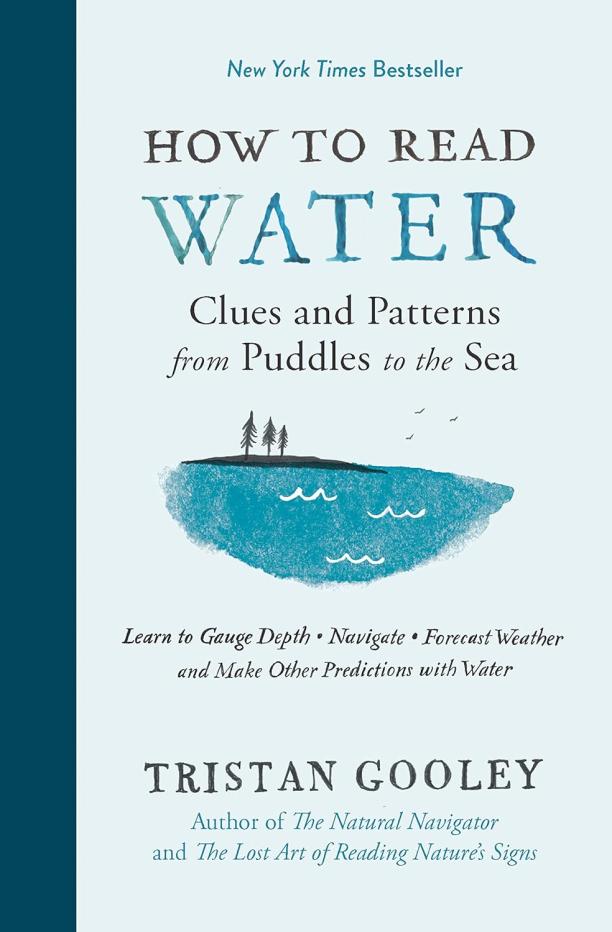
How to Read Water
Clues and Patterns from Puddles to the Sea
Tristan Gooley
The book provides insights into interpreting the natural signs and patterns in water, from small puddles to vast oceans, to aid in navigation and understanding the environment. It teaches readers to decode water's behavior, such as its ripples, currents, and colors, to predict weather, find water sources, and enhance outdoor experiences.
See full summary
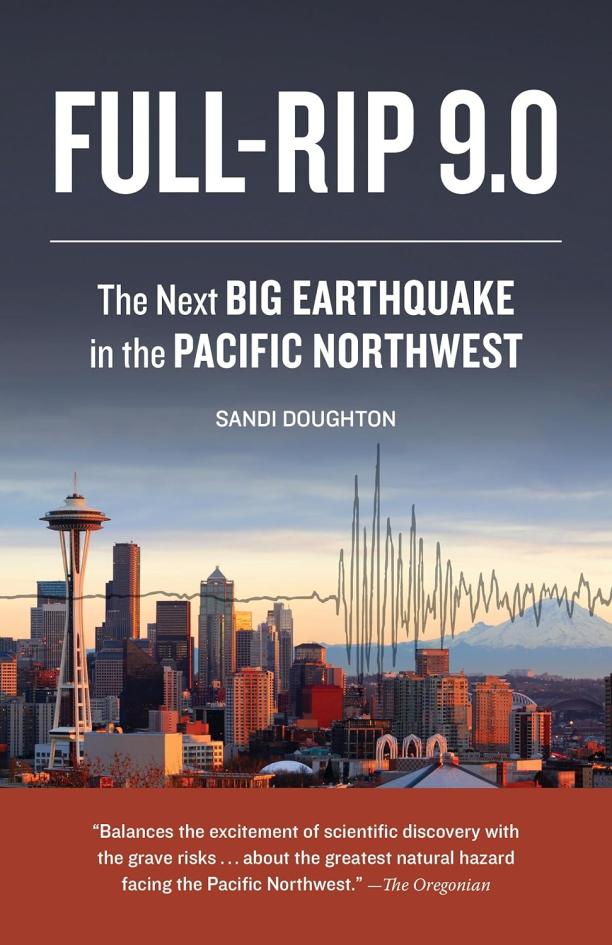
Full-Rip 9.0
The Next Big Earthquake in the Pacific Northwest
Sandi Doughton
The book examines the scientific discovery of the Cascadia subduction zone and the potential for a catastrophic earthquake and tsunami in the Pacific Northwest. It explores the geological history, the risks posed to the region, and the preparedness (or lack thereof) of the communities and infrastructure that could be affected by such a natural disaster.
See full summary
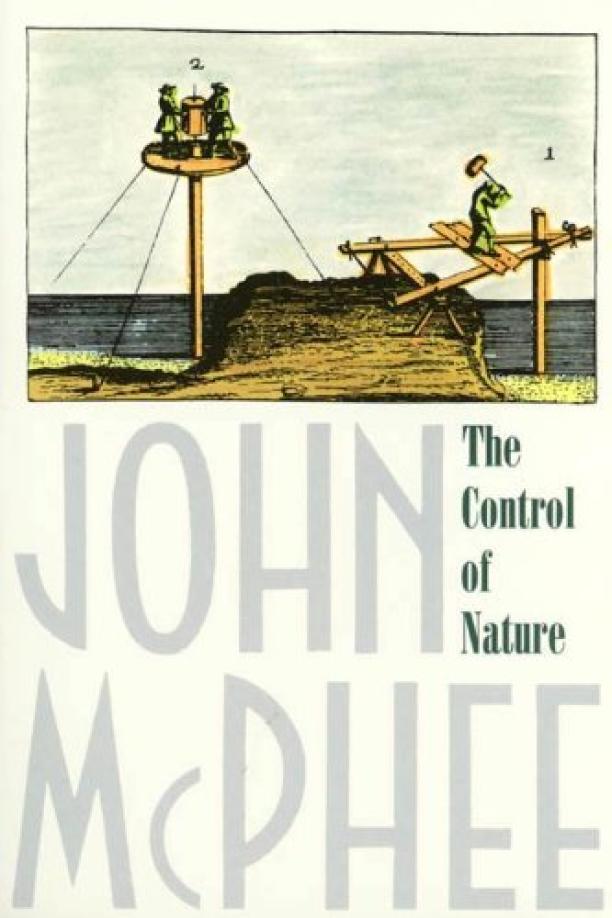
The Control of Nature
John McPhee
The book explores humankind's attempts to control natural forces in different parts of the world, detailing efforts such as diverting lava flows in Iceland, managing debris flows in Los Angeles, and controlling the Mississippi River's course. It delves into the complex interactions between geology, engineering, and the persistent challenge of living in areas prone to natural disasters.
See full summary
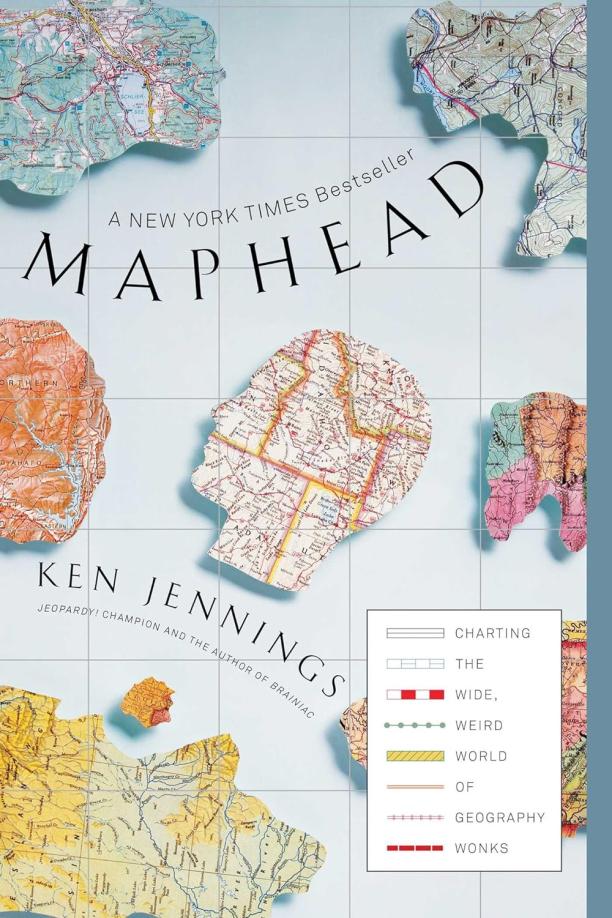
Maphead
Charting the Wide, Weird World of Geography Wonks
Ken Jennings
The book delves into the world of map enthusiasts and geographic aficionados, exploring the history of mapmaking, the appeal of maps, and the quirky subcultures that have developed around cartography. It features stories of geocachers, collectors of rare maps, and individuals with a profound passion for geography, illustrating how maps shape our understanding of the world.
See full summary
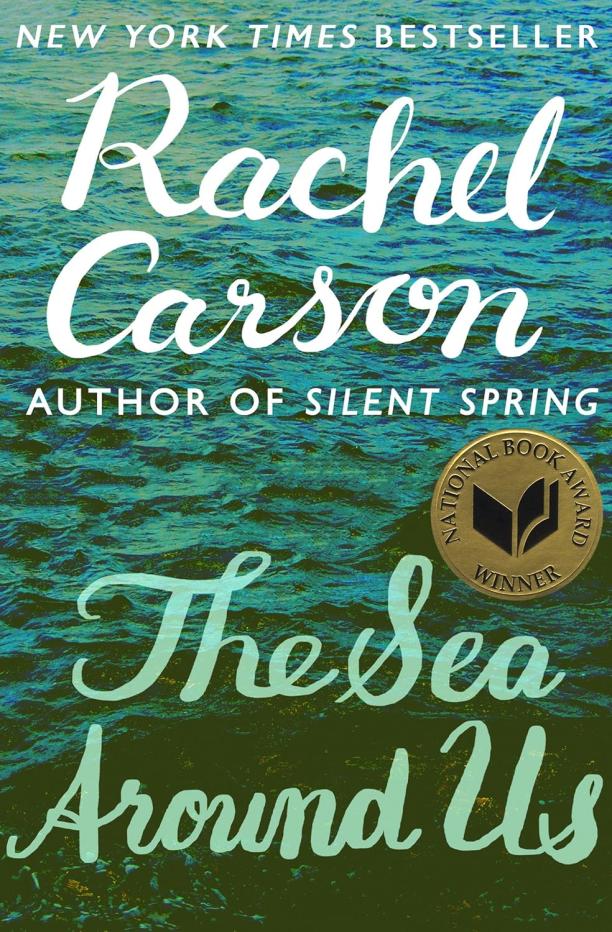
The Sea Around Us
Rachel Carson
The book presents a comprehensive exploration of the ocean's geological, physical, and biological processes, detailing the science of the sea and its influence on the planet. It combines scientific insights with lyrical prose to reveal the complex and often mysterious nature of the marine world and its ecosystems.
See full summary
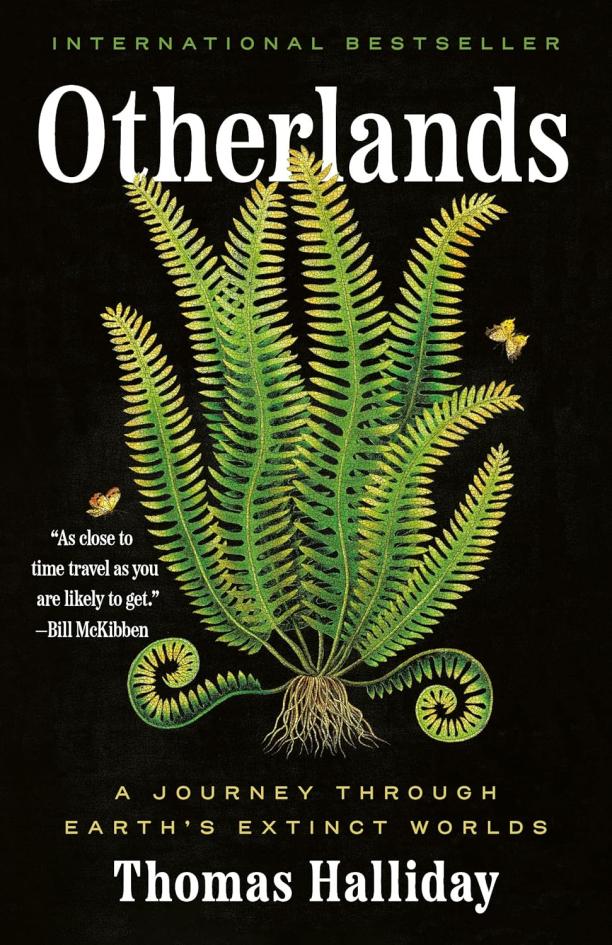
Otherlands
A Journey Through Earth's Extinct Worlds
Thomas Halliday
The book takes readers on a voyage through the deep history of Earth, exploring lost worlds and extinct life forms from different geological eras. It combines scientific insights with vivid descriptions to recreate the landscapes and inhabitants of our planet's past.
See full summary